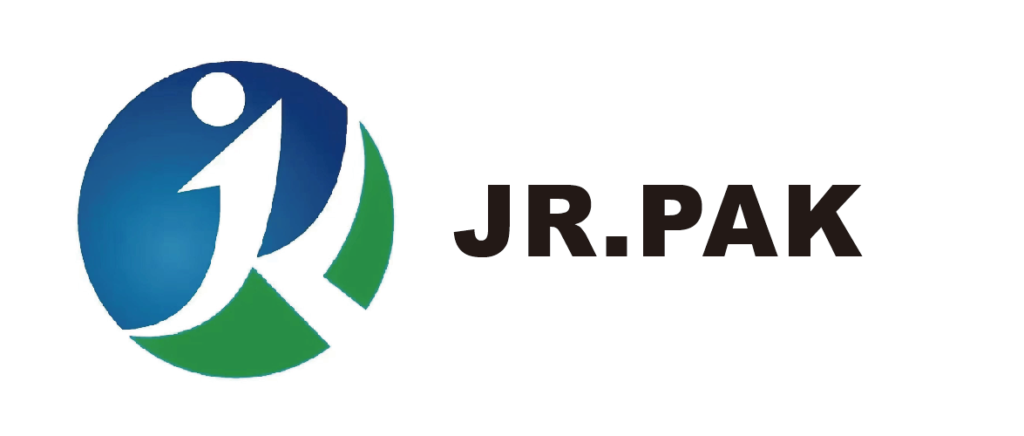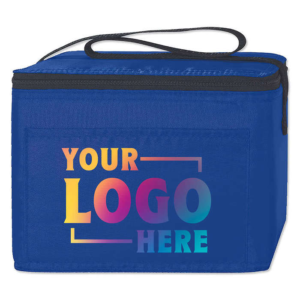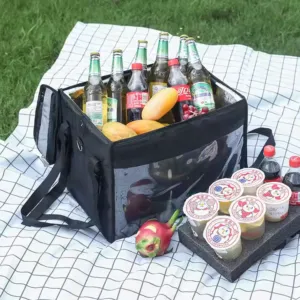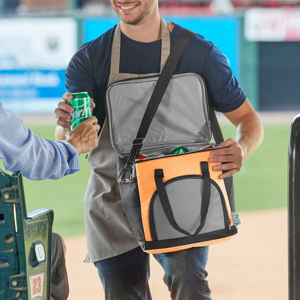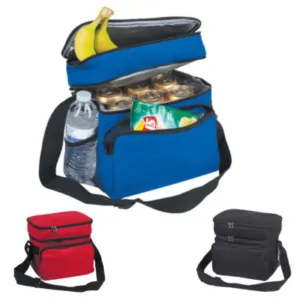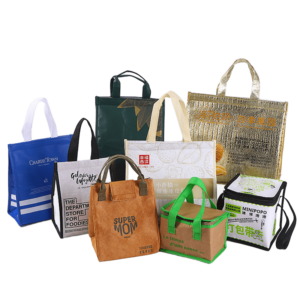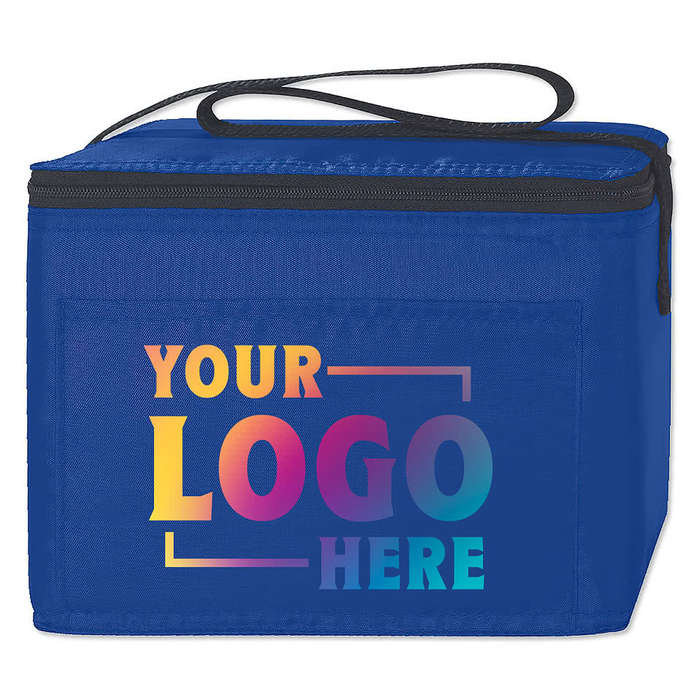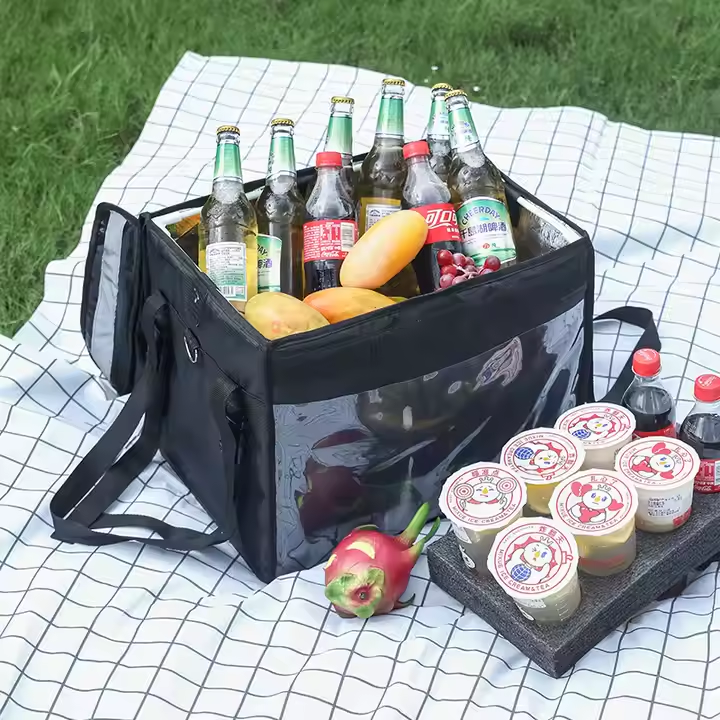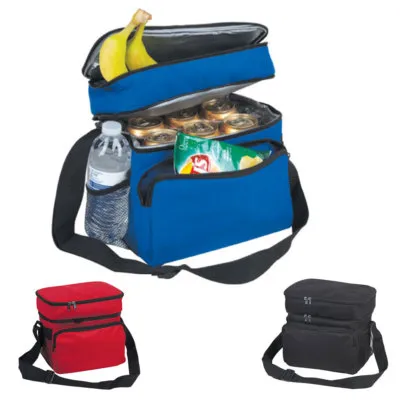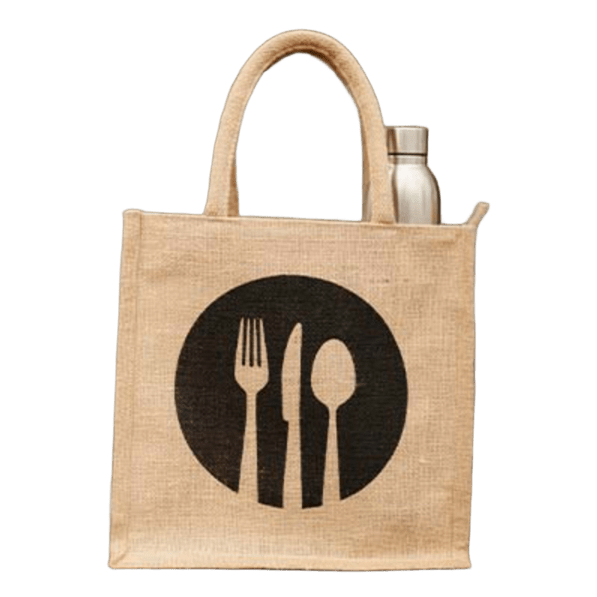
I used to see non-woven bags as just shopping totes. But food brands showed me a different world—freshness, insulation, and hygiene all in one package.
Non-woven bags1 are used in food packaging2 for takeaway meals, fresh produce, bakery items, and insulated transport due to their lightweight, breathable, and customizable properties.
Food safety matters. So does branding. Non-woven bags help deliver both. Let’s explore where they work best in food packaging.
What are non-woven bags used for?
Restaurants use them for takeout. Markets pack fruits and vegetables. Bakeries wrap bread. They work anywhere food goes from shelf to hand.
Non-woven bags are used in food delivery, takeaway packaging, bakery wrapping, produce transport, and catering due to their hygiene and branding advantages.
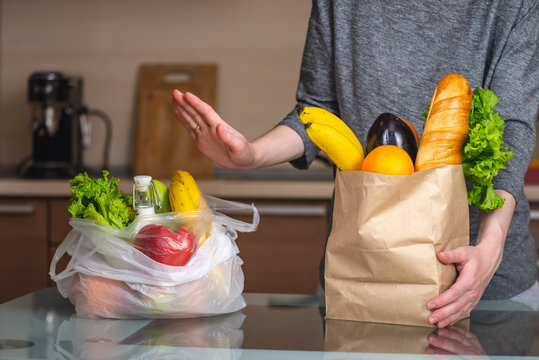
Non-Woven Bags in the Food Industry
When I supply bags to restaurant chains, they want three things: heat retention, brand visibility, and hygiene. Non-woven bags offer all three.
| Use Case | Description | Benefits |
|---|---|---|
| Takeaway Meals | Bags with foil lining or zipper | Keeps food warm and secure |
| Fresh Produce | Lightweight, breathable bags | Prevents spoilage, easy to carry |
| Bakery Items | Non-laminated, breathable fabric | Maintains texture and freshness |
| Catering Events | Larger insulated non-woven bags | Handles bulk food transport |
These bags are easy to carry, cost-efficient in bulk, and can be branded with logos and QR codes for promotions or menus.
What are the advantages of non-woven material?
It’s breathable, light, soft, printable, and affordable. Plus, it resists water and oil. That’s gold for food packaging.
Non-woven material offers breathability3, lightweight handling, water resistance, and full-surface branding—ideal for food packaging and retail distribution.
The Material Behind the Magic
Non-woven fabric isn’t woven like traditional cloth. It’s heat-pressed from plastic fibers. This makes it flexible and low-cost.
| Advantage | Impact on Food Packaging |
|---|---|
| Breathability | Prevents moisture buildup |
| Lightweight | Cuts shipping and handling costs |
| Customizable | Allows logos, menus, and QR codes |
| Water Resistance | Protects food from spills or weather |
| Soft Texture | Feels premium for bakery/gift items |
The material also accepts lamination. That means I can add foil or film layers to boost insulation or grease resistance, depending on the food type.
What are the disadvantages of non-woven bags?
They tear under too much weight. They melt under high heat. Some can’t hold liquids. And they don’t break down in nature.
Non-woven bags, while reusable and lightweight, can have limitations such as lower weight tolerance, heat sensitivity, and limited biodegradability.
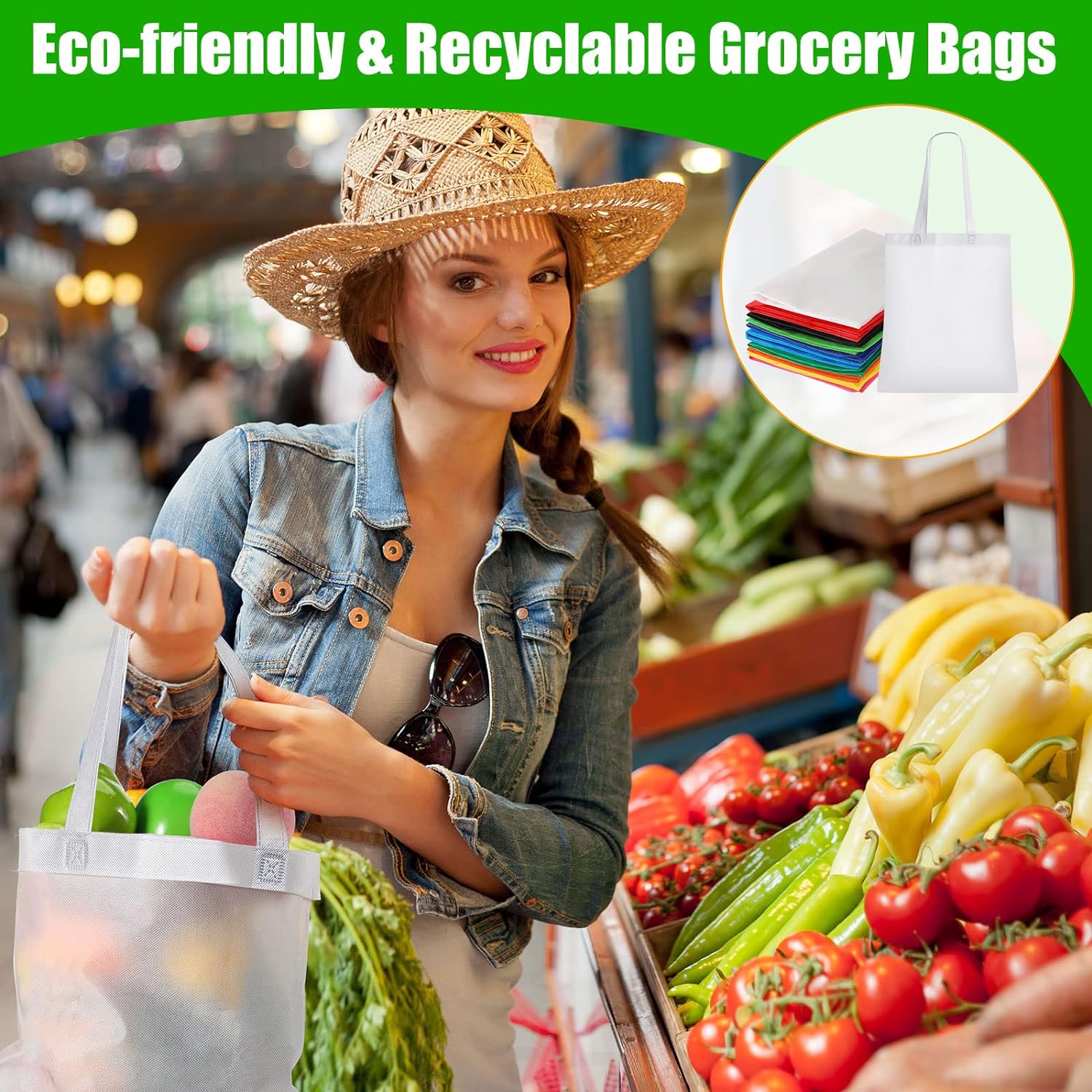
Understanding the Limits of Design
While my clients love non-woven bags for food delivery, I always tell them: don’t overstuff or pack hot items without insulation. The fabric melts near 130°C.
| Limitation | Effect in Food Packaging |
|---|---|
| Low Weight Limit | Tears if overloaded with heavy items |
| Heat Sensitivity | Not suitable for direct hot containers |
| Liquid Containment | May leak if not laminated |
| Biodegradability | Not compostable without treatment |
That’s why we often add reinforcements or inner layers for specific use cases. If you’re packaging hot soups or large meal trays, you’ll need lamination or foil lining.
What are the disadvantages of non-woven fabric?
The material is synthetic. It doesn’t decompose easily. If misused, it pollutes. Recycling options depend on local facilities.
Non-woven fabric is not naturally biodegradable and depends on proper recycling systems to remain environmentally friendly.
The Environmental Trade-Off
The core fabric uses polypropylene. It’s plastic. It’s strong and reusable, but it doesn’t vanish in landfills.
| Disadvantage | Impact on Sustainability |
|---|---|
| Plastic Composition | Pollutes if not reused |
| Limited Recycling | Depends on local infrastructure |
| Low Decomposition Rate | Persists in environment |
| Public Perception | Often misunderstood as biodegradable |
To solve this, I always recommend customer education. A simple hangtag explaining reuse options or trade-in programs builds loyalty and reduces waste.
Conclusion
Non-woven bags are perfect for food packaging—light, safe, and brandable. But they must be used and recycled right to stay eco-friendly.
-
Explore the advantages of non-woven bags in food packaging, including their hygiene, branding, and insulation properties. ↩
-
Understanding food packaging is crucial for ensuring safety and quality in food delivery and storage. ↩
-
Breathability in packaging materials can significantly affect food freshness and shelf life, making it a key factor to consider. ↩
